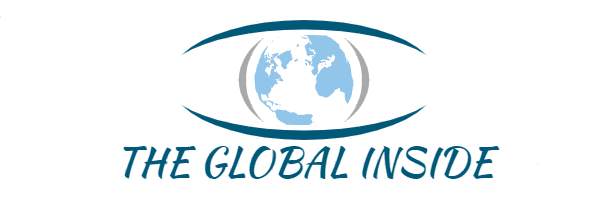[ad_1]
Carbon-conscious technology uses information about the different sources of your electricity to ensure that you use the most energy during the times when you have the lowest carbon footprint, without you having to do anything yourself.
While the electricity your devices run on from the wall outlet looks the same, the juice can be squeezed from sources with vastly different carbon footprints. Carbon conscious devices have measures in place to account for this information.
What does “carbon conscious” mean?
For a device to be “carbon-aware” means that it knows how much of the electricity it uses comes from sources like coal or gas and how much comes from nuclear or renewable sources that don’t contribute (as much) to atmospheric carbon.
Of course, just being aware of this doesn’t mean much; What makes this feature special is that the device schedules its power usage to coincide with the times of day when renewable resources provide most of its power.
By doing this, the device is responsible for less carbon output than it otherwise would be. Maybe even zero carbon, depending on where in the world you’re operating.
Computers, cars and consoles are becoming carbon conscious
Carbon awareness is slowly creeping into our daily lives, and you may not have even noticed it. Windows Updates are now carbon-aware, and Xbox consoles will soon be joining the club. There are also several carbon-conscious EV charging implementations, and given the amount of electricity electric cars store, there’s no smell!
Presumably, as more of our home appliances become connected to the internet, it will become more common to use or store energy during times when power supply has the least carbon impact.
When is your electricity low carbon?
You may have never thought about where the energy coming from electrical outlets comes from, but for carbon considerations, it’s a crucial factor. Although the same electricity comes out the other end, its energy is generated through a combination of different types of energy.
RELATED: What are gravity batteries and how do they work?
This may include fossil fuel generation using coal, gas or diesel. These are the energy sources you’d want to avoid if you want to limit your impact on carbon emissions. There is nuclear power, which has an indirect carbon impact that puts it in the middle of energy sources. Finally, we have greener sources like hydroelectric, wind, and solar power.
Most renewable energy sources cannot provide continuous power, so they must be supplemented with a mix of generation sources. This would suggest that lower carbon electricity is available during the day or when it is windy.
However, this does not take into account how energy can be stored from renewable sources. There is lithium battery storage, gravity battery storage, pumped water storage, flywheel storage, molten liquid salt and probably more options in development. This complicates matters as this is extended when renewable energy is available. Carbon Conscious Electronics uses the complex data involved in your region’s energy mix to navigate a low carbon path through it all. At least that’s the idea.
Manual programming of your devices for carbon awareness
So what should you do if your devices aren’t carbon conscious but the idea still interests you? While you’re unlikely to have that many nuances, you do have the option of scheduling your own energy usage to peak during times when low-carbon, renewable energy makes up the largest possible proportion of your electricity supply.
This can be easier said than done, as it depends on the information being readily available to the public. That, in turn, depends on whether the power company supplying your power has made that information available. Visit your provider’s website and see what carbon data they publish.
If there is no information available on the details, the best thing to do is try to schedule things to happen during the day or when the local wind farm is forecast to have adequate wind. It’s a cruder approach, but it should be in the ballpark.
[ad_2]

